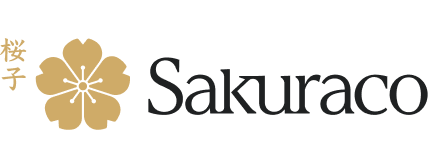Ukai: Japan’s Amazing Art of Coromorant Fishing!

Tokyo Terry
Posted on June 25, 2025
Share:
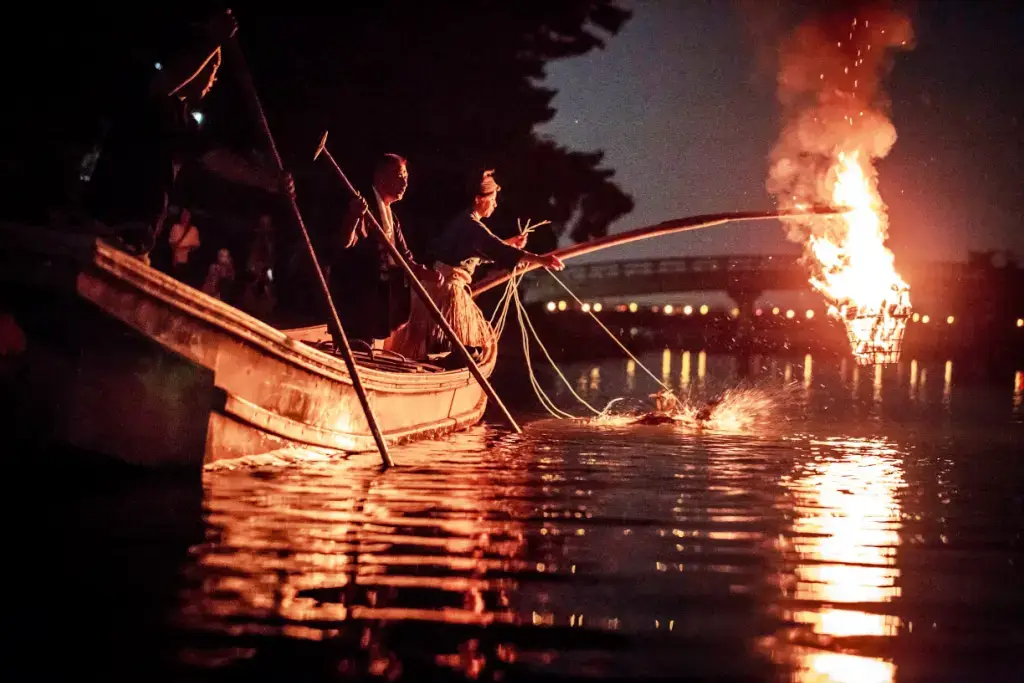
Cormorant birds are a regular sight in Japan’s lakes and rivers. These black, semi-aquatic birds can frequently be seen disappearing under the water’s surface and reappearing many meters away with fish in their beaks. Their webbed feet and wings help them to dive underwater and catch small fish. This fishing method is called ukai.
Some are known to drive to a depth of over 40 meters (131 feet). Over the centuries, Japanese fishermen have learned to use the skills of this unique bird to their advantage. This has resulted in a deep connection between humans and animals that has endured for centuries. Today, we’ll dive into the origins, techniques, and science of the ancient practice known as ukai!
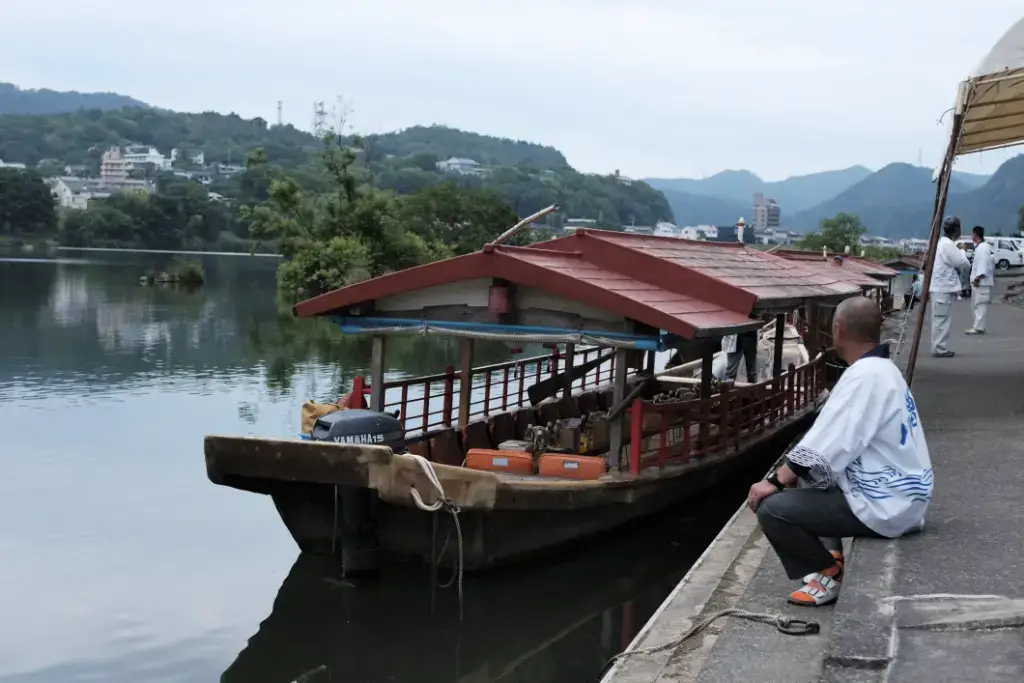
What is cormorant fishing?
The term “ukai” is derived from the Japanese words for cormorant (“u”) and “catching” (“kai”). This fishing technique uses trained birds to capture freshwater fish, dutifully delivering their catch to the waiting fishermen. The technique began during Japan’s Heian period (794–1185). A bonfire known as kagari-bi is used to attract the fish, so the practice usually takes place at night. The cormorants are tied to the boats with ropes and guided by the light of a fire. Even today, the fishermen still wear the traditional attire of straw skirts and windbreak hats.
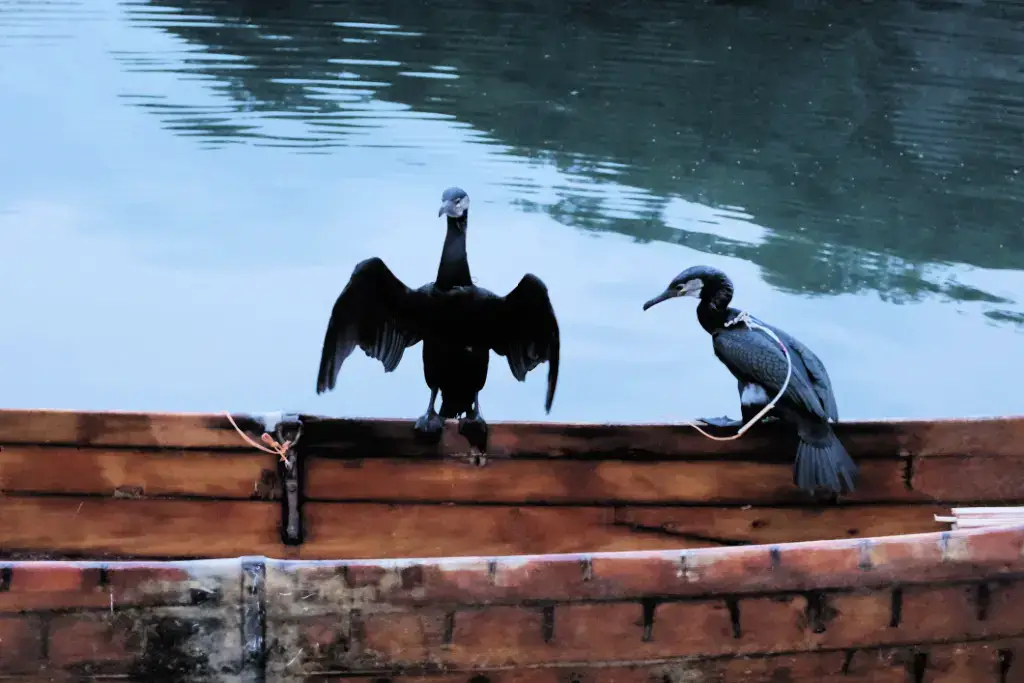
Historical Roots
The tradition of ukai has been practiced in Japan for over 1,300 years during the Heian period (794–1185). It is referenced in many texts as a practical fishing method and a vital source of fish for many communities across Japan. Warlords like Oda Nobunaga and samurai leaders like Tokugawa Ieyasu popularized the skill. These figures enjoyed the skill so much that they sent catches to Edo. By the Meiji era (1868–1912), it had gained favor among aristocrats and was elevated to a prestigious status. It became a protected tradition not long after, closely tied to the imperial court.
Techniques and Training
It takes about three years to train a fishing cormorant. Wild birds are caught and treated like family to build trust. At first, trainers feed them regularly to develop a pattern of reward-based behavior. This schedule is reinforced over time until it becomes a trust-based system. Eventually, the birds can respond to specific signals after some years. Only then can they be used to catch fish, which are retrieved by the usho. However, some people mistakenly believe that the cormorants can count. But the species lacks this skill of higher reasoning.
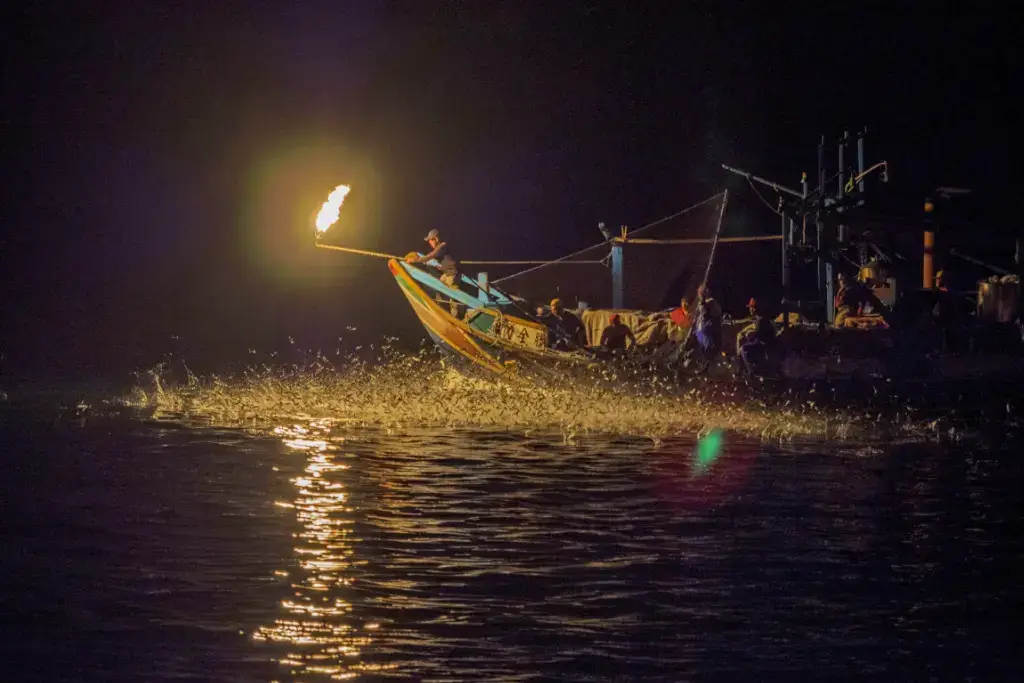
In reality, they can eat a certain number from every few catches. Small fish known as “sweetfish” (ayu) comprise most of their diet. In addition, a snare around their necks prevents them from swallowing fish at will unless the fisherman approves. When allowed to eat, the birds digest the small fish quickly and gain immediate nourishment. This way, the fishermen can maintain the cormorants’’ motivation and energy during fishing. This skill relies on the control of up to 12 cormorants at a time.
Are you looking for great snacks while learning about Japanese traditions? Check out Sakuraco! Sakuraco delivers traditional Japanese snacks, teas, and sweets from local Japanese makers directly to your door so you can enjoy the latest treats directly from Japan!
Cultural Significance
Ukai is rare, even in Japan, and is a source of pride in the communities where it is traditionally practiced. Those who practice the craft are the latest in an unbroken line reaching over a thousand years. It is recognized as a Japanese national cultural heritage and will likely receive official UNESCO recognition. Apart from the amazing harmony between animal and human, its allure lies in its nighttime spectacle. The firelit boats create a magical scene that enchants all who witness it.

Where can I witness ukai in person?
Ukai became popular in only a select few Japanese rivers. Gifu Prefecture’s Nagara River has always been the most popular location, and still leads in fame. It is the most well-known place in the country to see the event. Every year, Gifu attracts over 50,000 visitors seeking to see the teamwork take place in person. Tours from Nagarabashi Bridge, a 15-minute bus ride from JR Gifu Station, cost around 3000 yen.
The nearby Nagaragawa Ukai Museum contains permanent exhibits regarding the craft. Other key sites include Ehime Prefecture’s Ozu’s Hiji River and Kyoto’s Uji River. Each location has its unique practices. Ozu’s houseboats also offer bento meals so tourists can enjoy the experience. The period between June and September is the best time to visit, regardless of the location.
Why does ukai endure in Japan to this day?
Ukai endures because of its uniqueness. Visually, the sight of the fishermen in their traditional clothing and the reflections of the fires in the murky black water add to the authenticity of the experience. The fact that the tours occur at night only adds to the excitement.
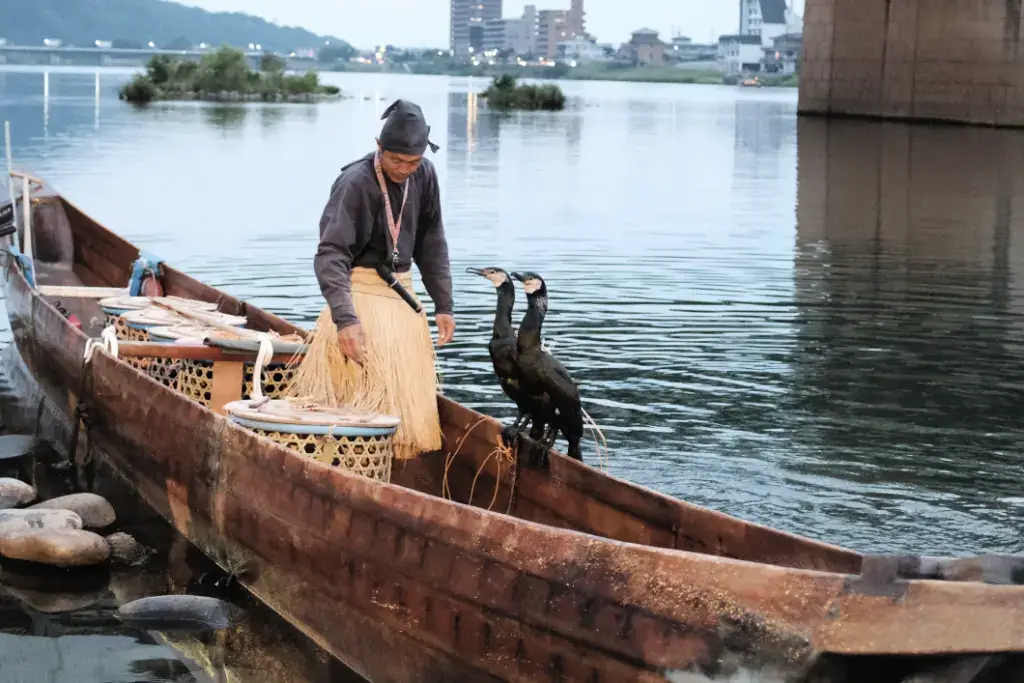
On a deeper level, it is easy to appreciate the skill involved and the working harmony between species. Not to mention, the communities that honor this ancient practice recognize it for its cultural value and as a source of income. The tradition’s ability to adapt while preserving the skill has ensured its continued existence. Have you seen ukai? Where is the best spot to watch it? Share your experiences below, and start a conversation about Japan’s traditions!
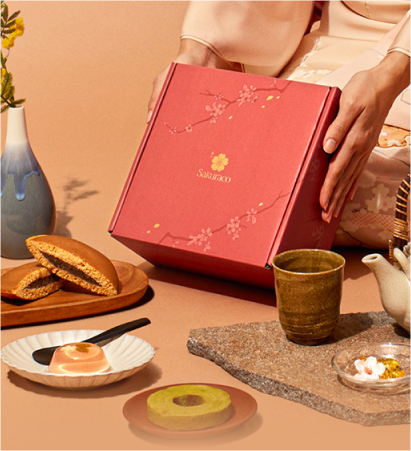
Discover authentic flavors with Sakuraco
Get Sakuraco 

Discover authentic flavors with Sakuraco
Get Sakuraco 
Related Articles

Aaron and Claire Bring Omurice to Your Kitchen!
Omurice is typically made with ketchup-flavored fried rice wrapped in a soft omelet and topped with sauce. While it’s often found in casual diners and home kitchens across Japan, Aaron and Claire elevate the dish with their signature approachable style, keeping it simple while adding depth of flavor with a homemade brown sauce.
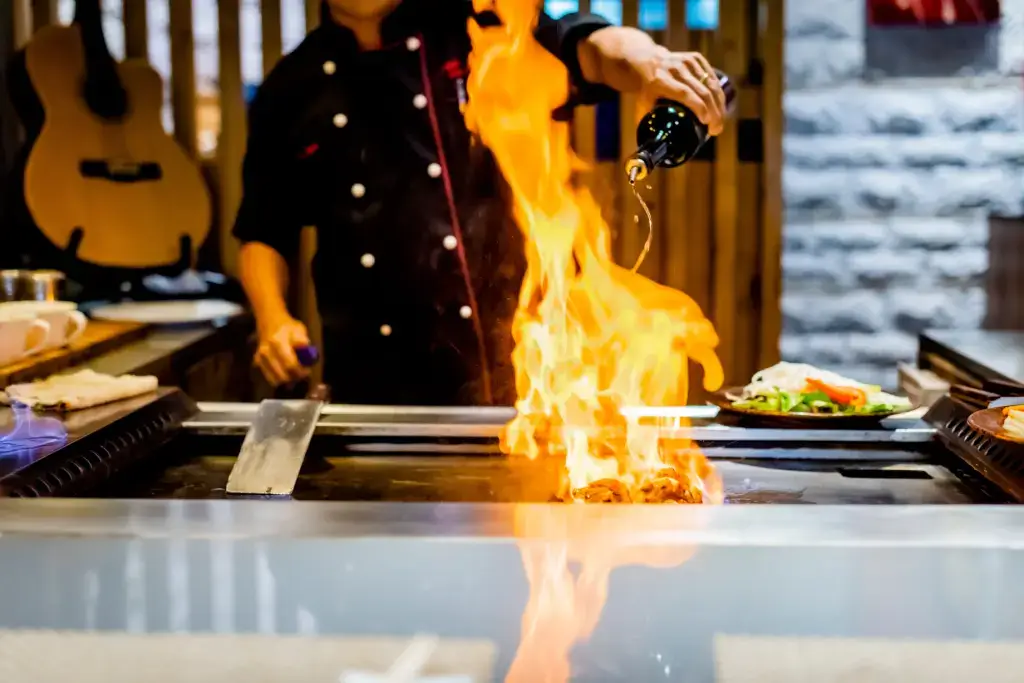
Teppanyaki: Japan’s Amazing Culinary Spectacle!
Teppanyaki (Japanese iron grill) became well known in the U.S. thanks to restaurants like Benihana, which opened in the 1960s.

Emperor Akihito: A Life of Peace and Modernization
Emperor Akihito is an important figure in Japan’s history. During his reign, he successfully respected Japanese traditions while introducing modern attitudes. In doing so, he redefined what it means to be a Japanese emperor. The lasting effects of his time in the Imperial Palace extend beyond the monarchy to the general public.

